This was hugely problematic. The scent of the mother was being rapidly washed off the babies who were getting very cold. One of the twin rams was too cold to make it on his own. Vigorous rubbing and a feed of warm goat colostrum, perked him up quickly, plus he had a custom fit fleece jacket. The ewe was in an area by herself with her own shelter. Why she chose to have those lambs outside in the thunderstorm, I will never understand.
So, today, as everyday, Robbie and I were doing our night rounds, inspecting the bush and pasture for stragglers before the gate was locked for the night. We are in a very heavy predator zone. The dogs do a remarkable job of keeping the animals on the Fat Ewe Farm safe, but they cannot go way out to the pasture and be in the night pen at the same time. The ewes know they should come home towards dark, but today there was a thunderstorm, another huge one with a downpour of rain so fast and furious, that the sky was hardly visible. Thunder frightens the dogs too, so Jenna, Robbie and Charka were in the porch. Harley was curled up at the door on his bed and I do not actually know where Jade, Mike and Joe took cover. There are many places they could have from the summer dog houses to special places set up for them during summer.
Robbie went into the bush and came out after a group of sheep, moving them forward to their pen. The lambs were more reluctant because their mothers were already in the pen and they could see them through the fence, but we got them all moving. Then we went to the southwest section.
There was a goat by herself by the tree. She was soaked. Upon quick examination, there were also two baby goats there with her, a beautiful doeling and a lovely brown and black buckling. The babies were soaked and so was the mother. The little girl was shivering and she needed desperately to get dry and warm, so I carried the babies so mom could see and smell them, all the way back to the night pen and put them in a cube shelter, where they curled up and fell right to sleep. The mom was a little worried they were not there and wanted to go back to the tree where she had them. but I locked her in with them and then went back to look for another baby, just in case. There was not one there.
There were some sheep, however, out in the pasture. They stayed in during the rain and were hungry, so were making the best of the last remaining daylight. They had to brought in though and Robbie got them moving then we went to the further end to check for any others that might be wayward. Finally, we headed back for home and locked the gate.
The mother goat and her kids were doing just fine. She wanted to be with the other goats but kept checking her babies, so I do believe all will be well. The kids had round tummies and were not hungry, thank goodness. She is not a first time mother and knew what to do, despite having babies outside in the thunderstorm. What is it about storms and babies anyhow?

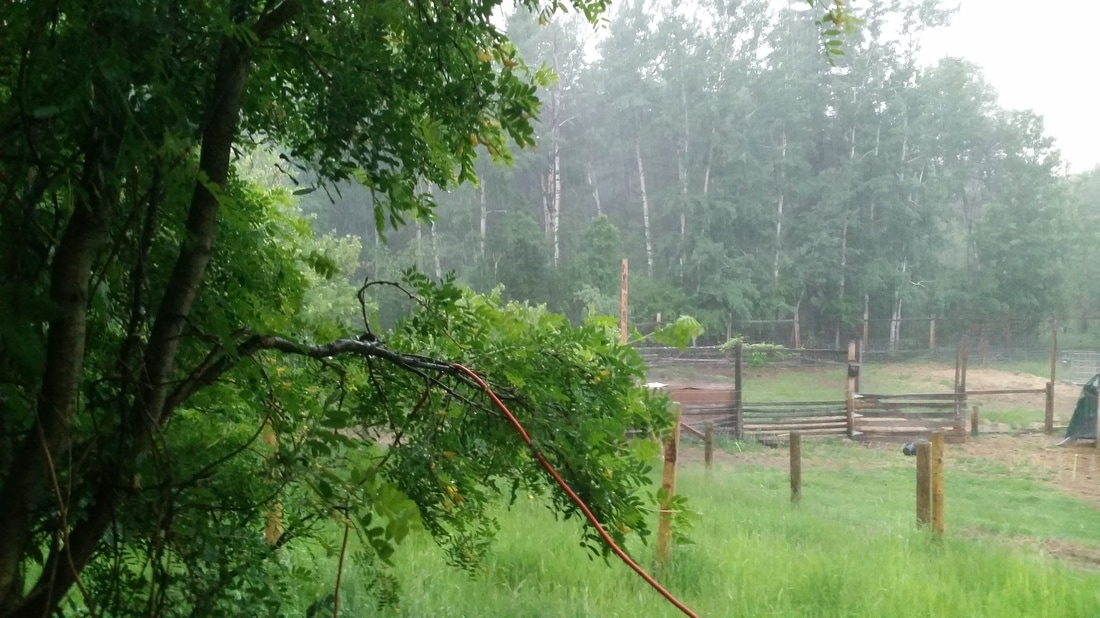


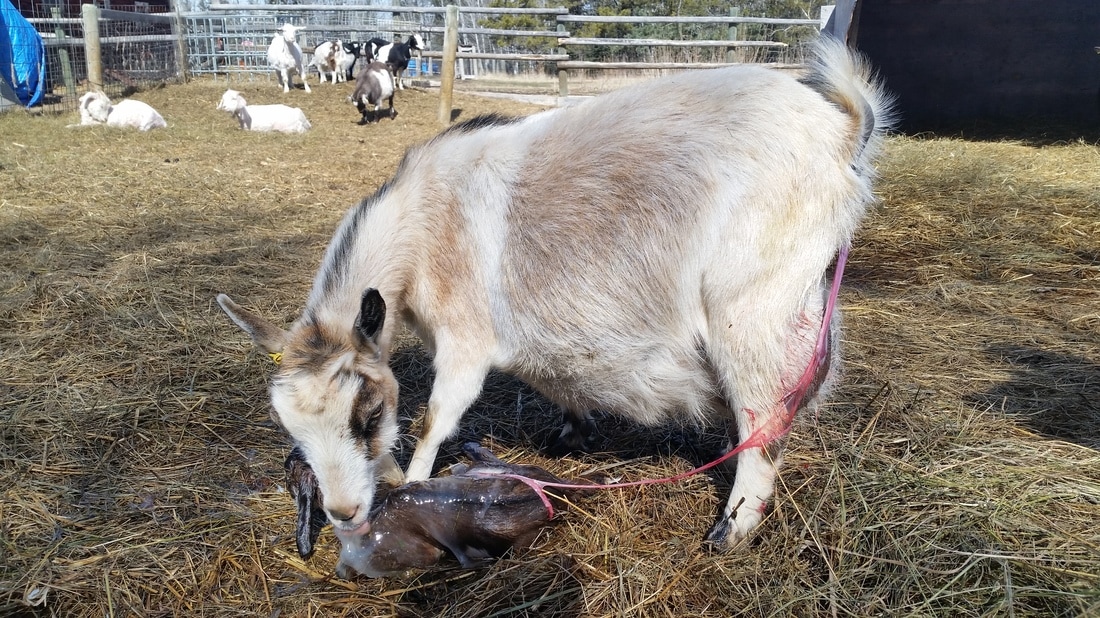
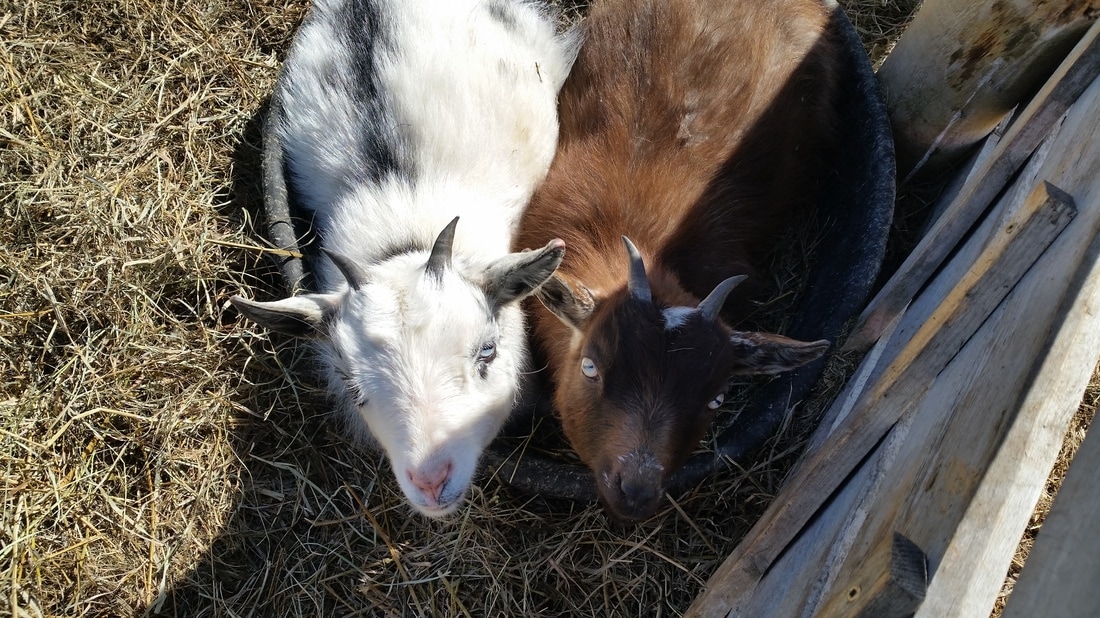
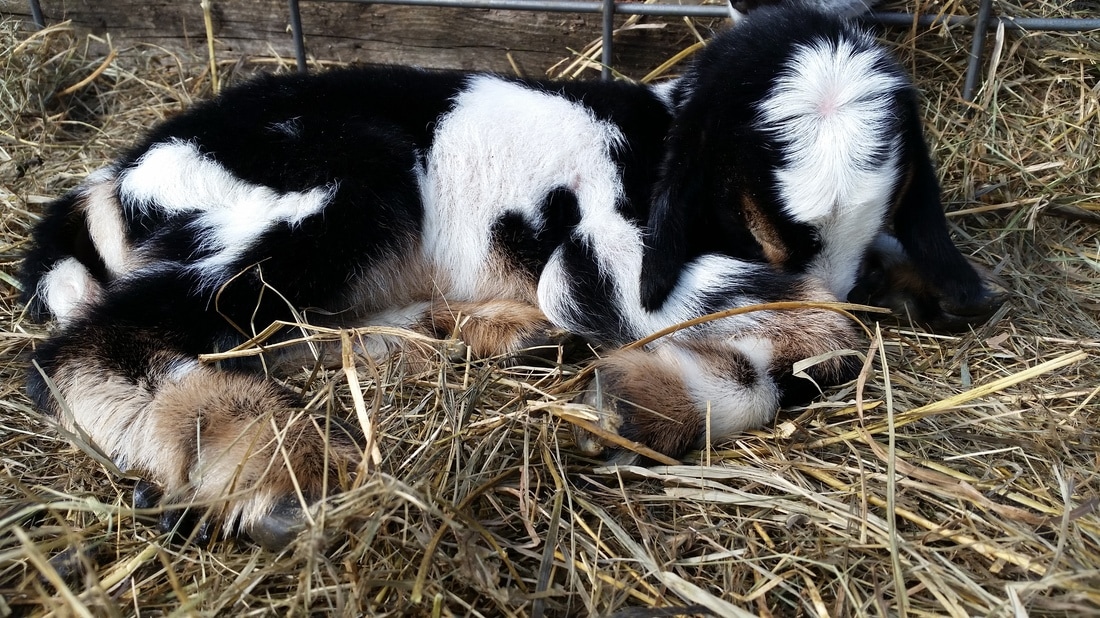

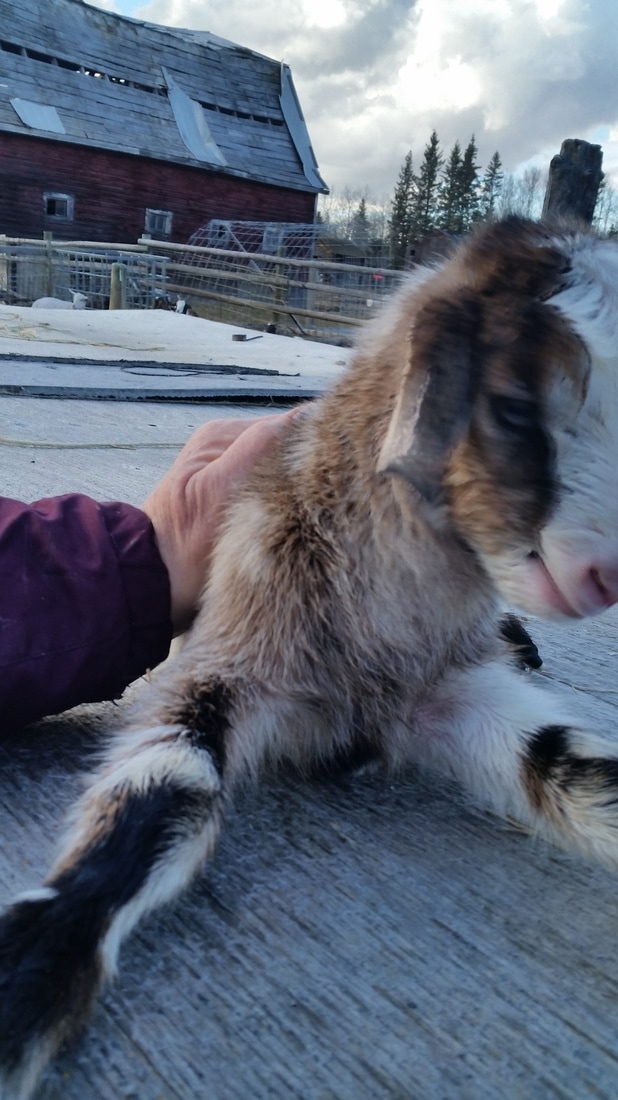
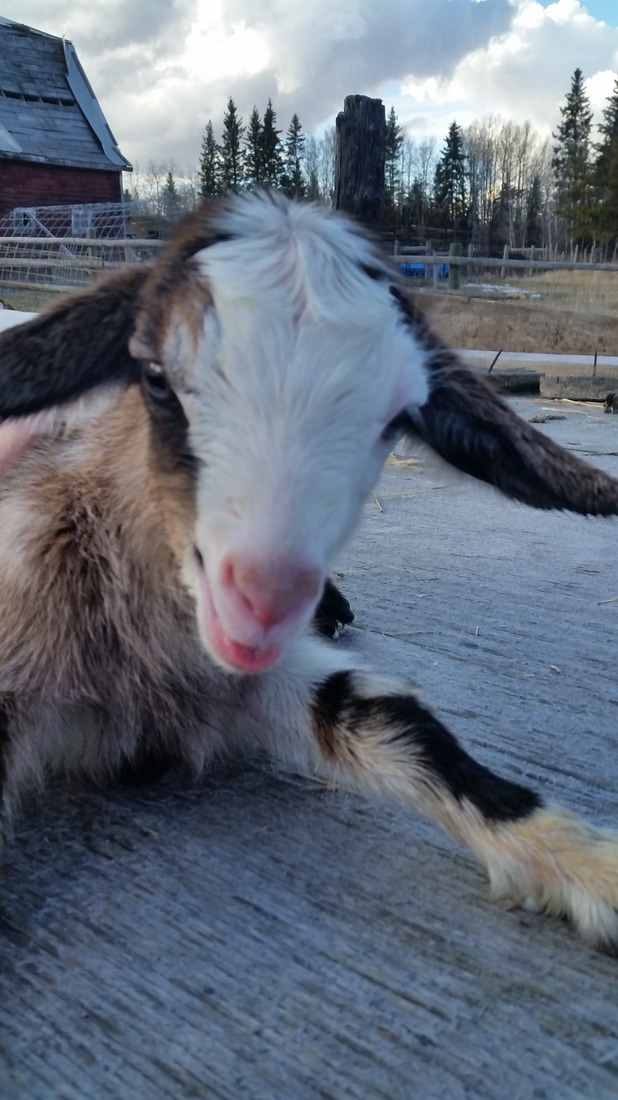
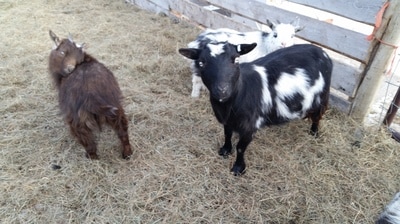
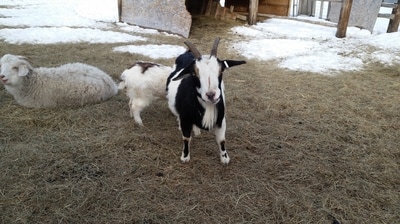
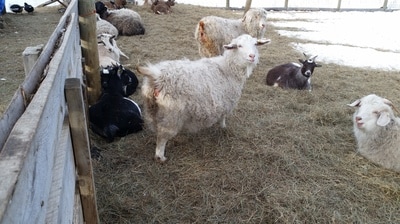
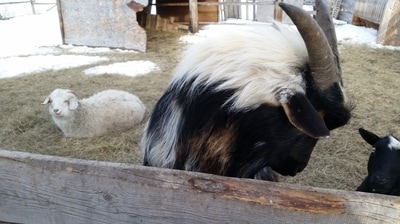
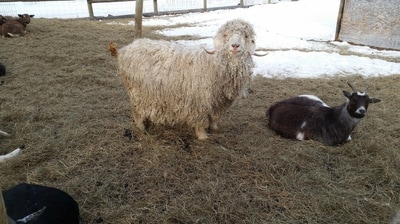
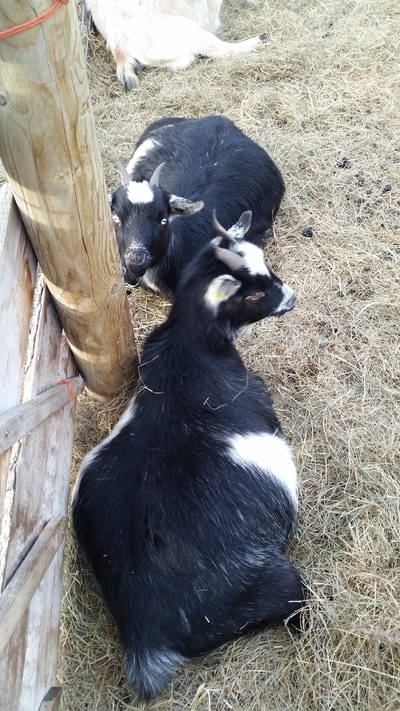
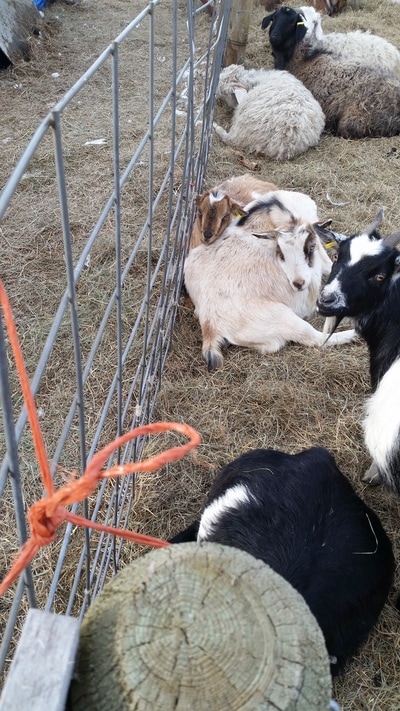
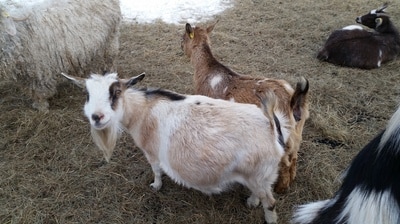
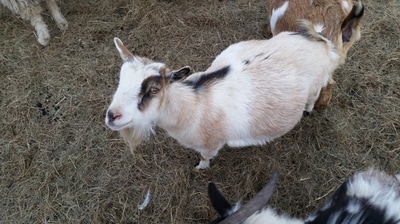
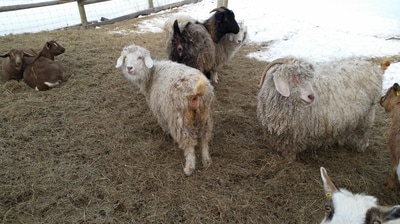
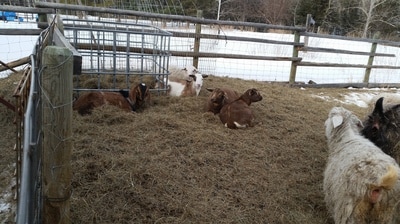
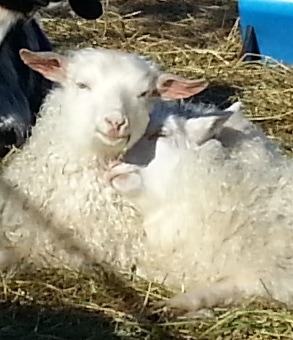
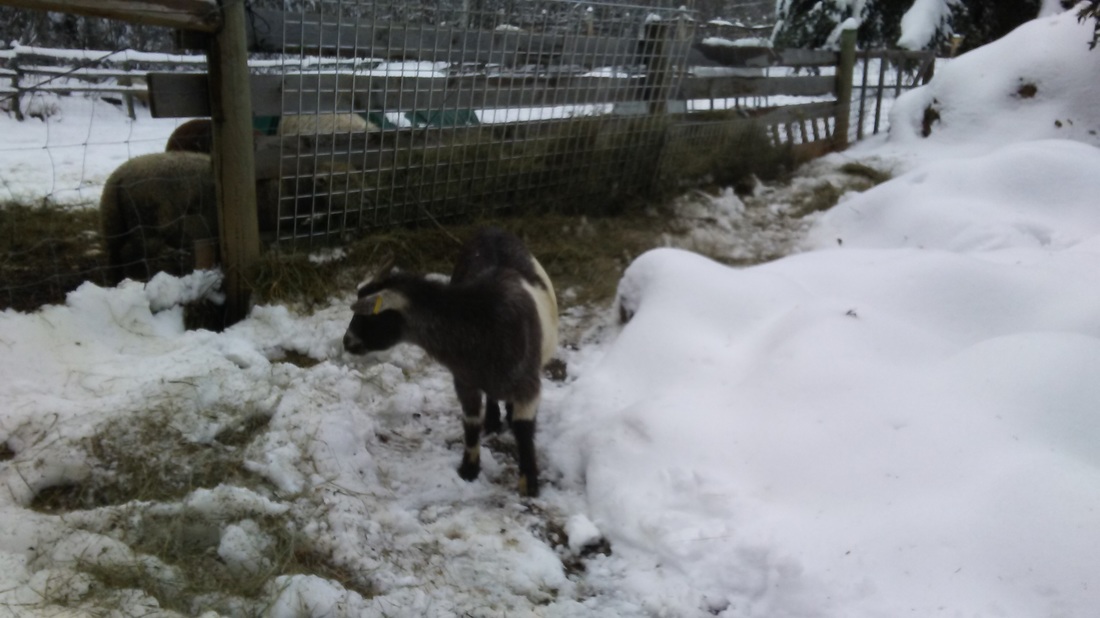

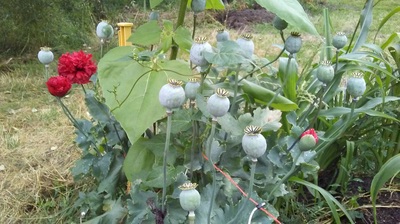
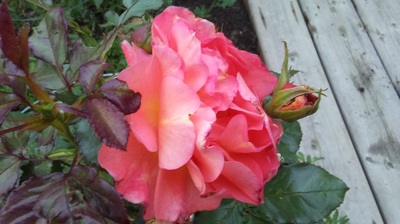
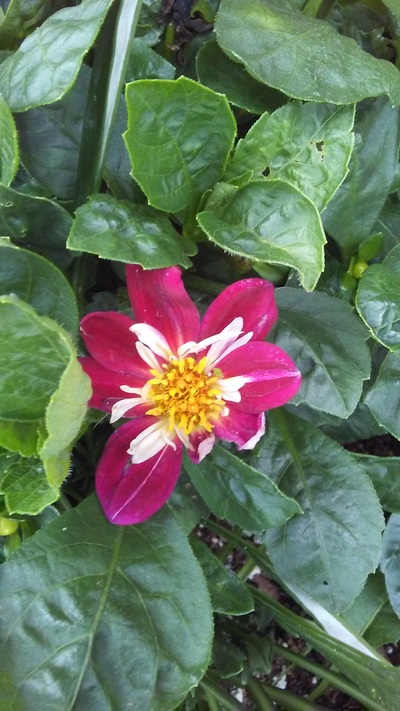
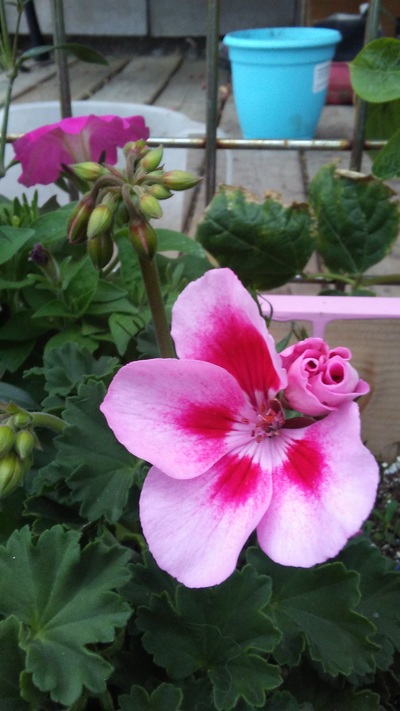
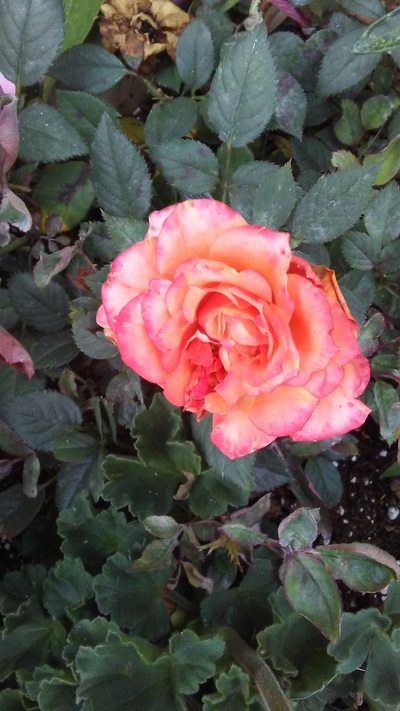
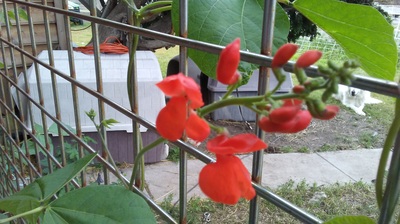

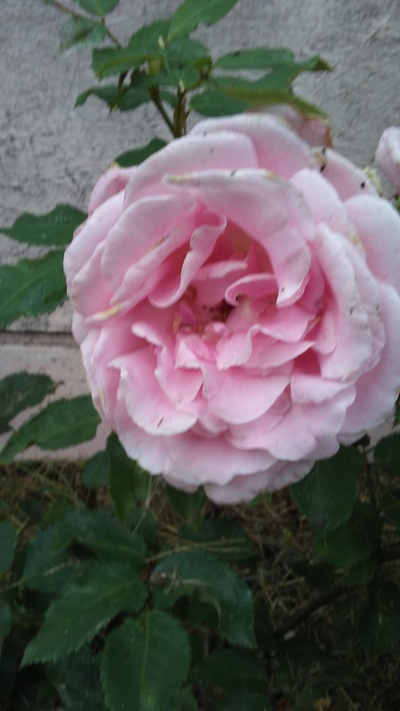
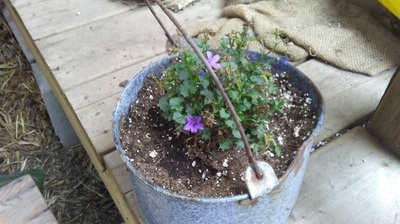
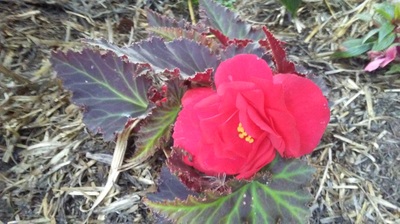
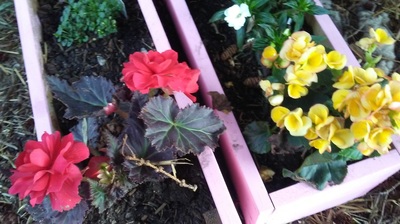
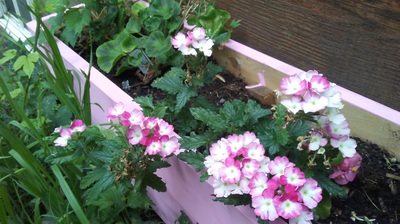
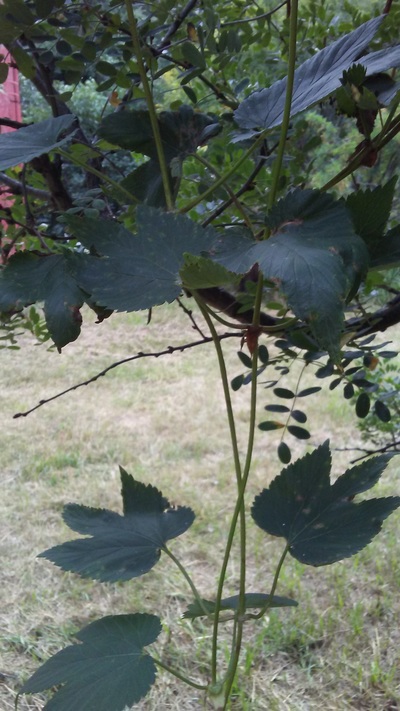
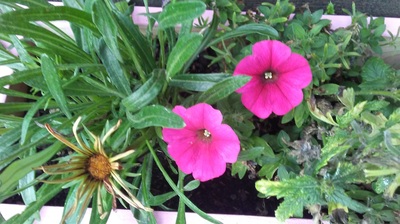
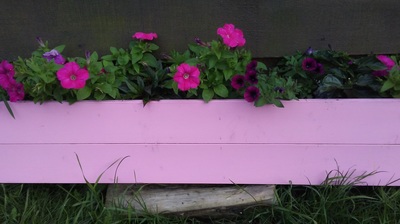
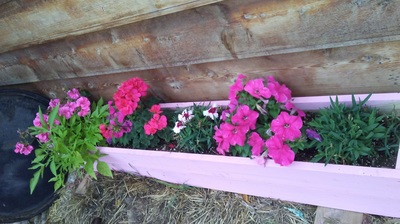
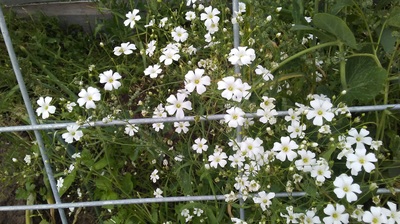
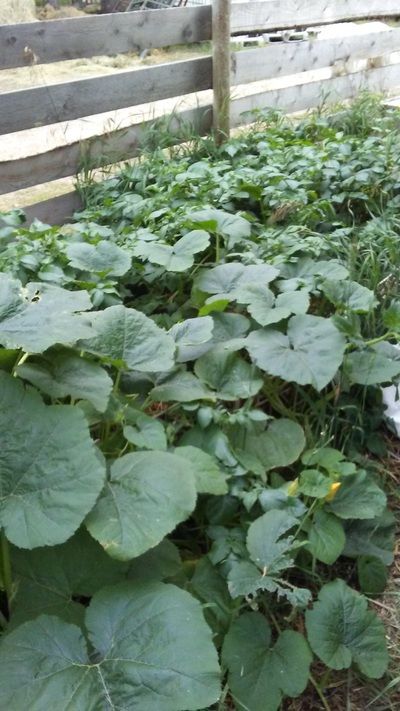
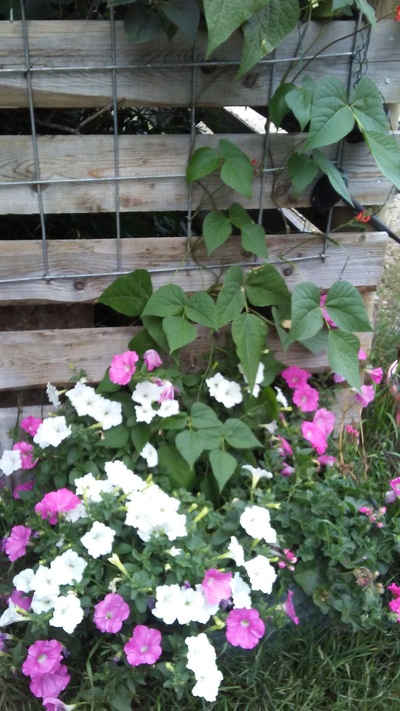
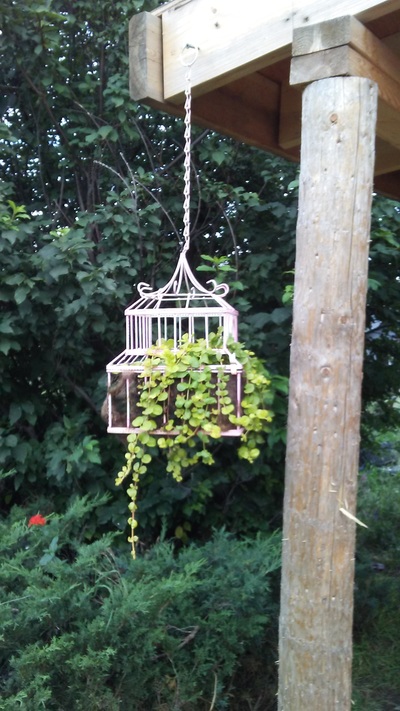
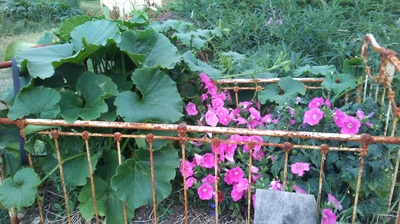
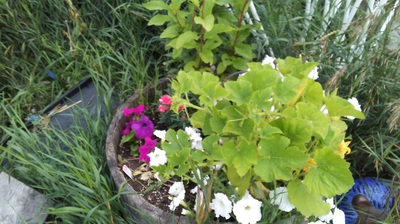
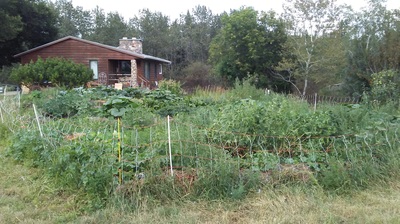
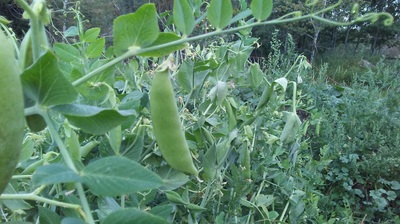
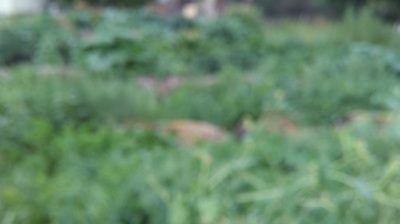
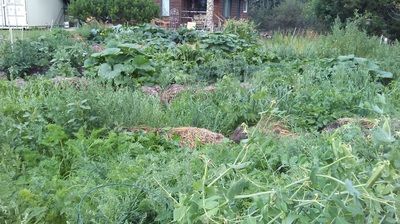
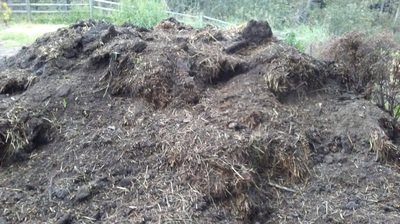
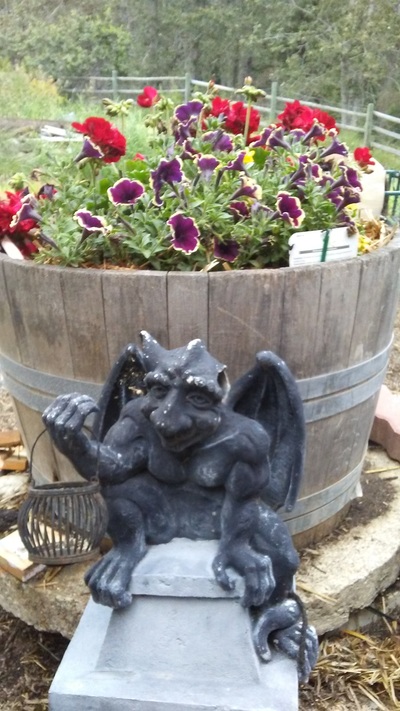
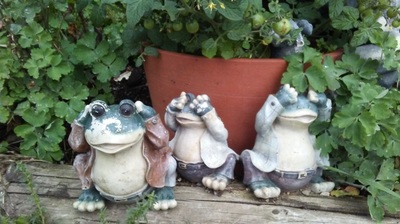
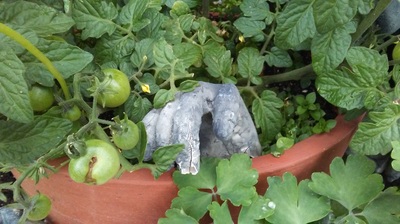
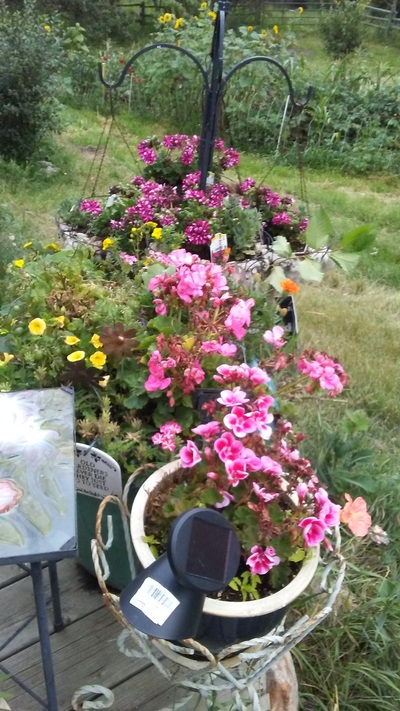
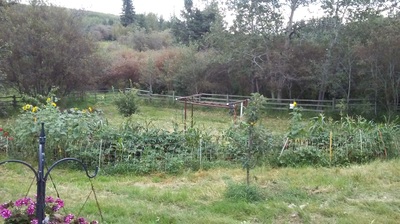
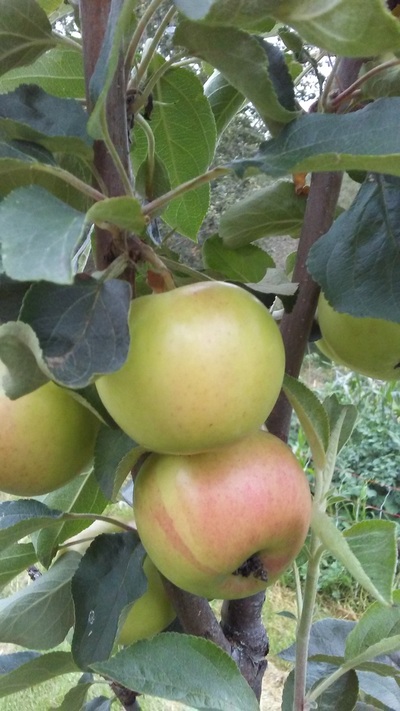
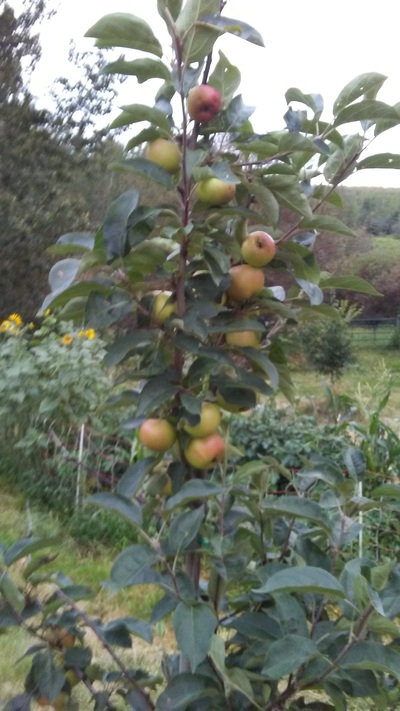
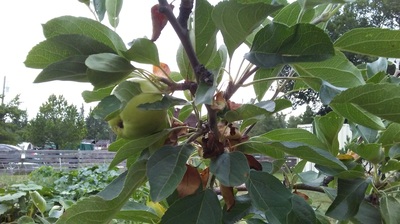
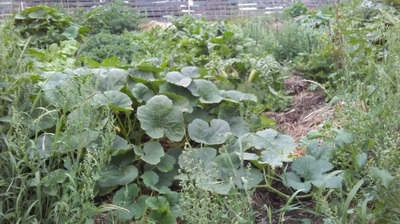
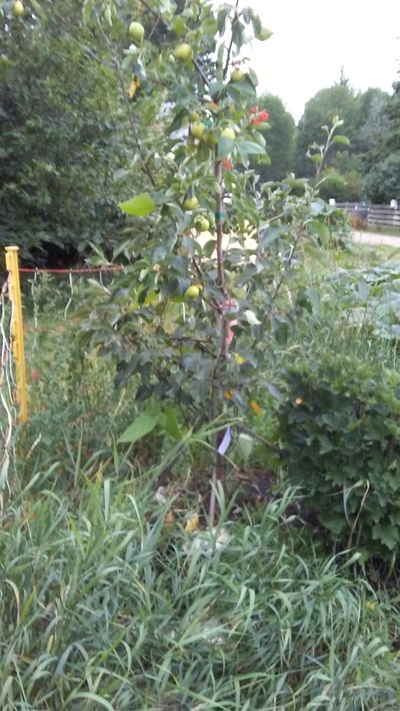
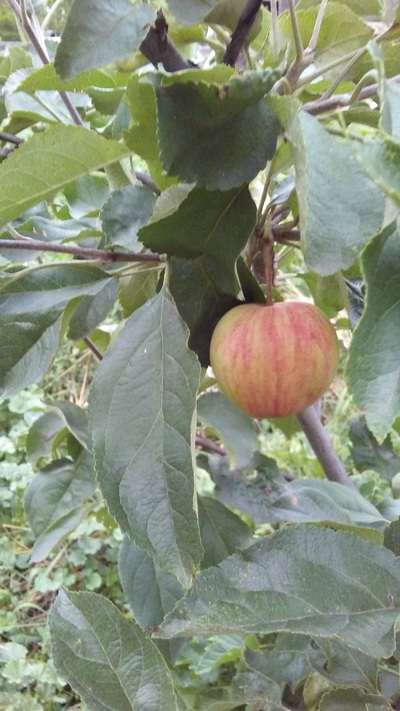
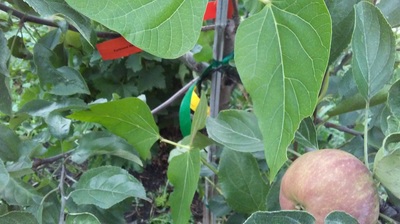
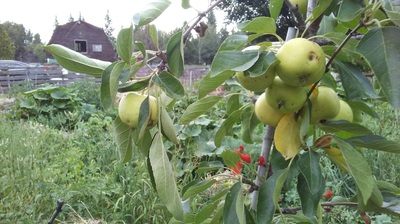
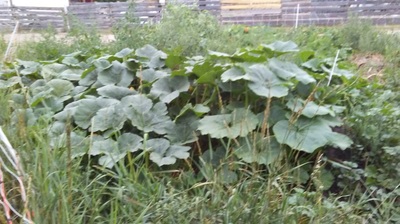
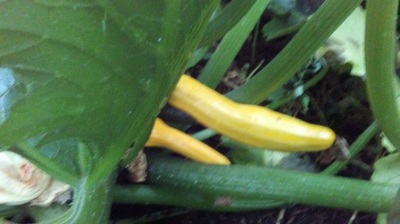
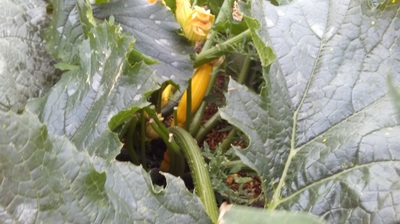
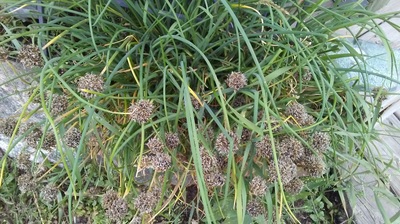
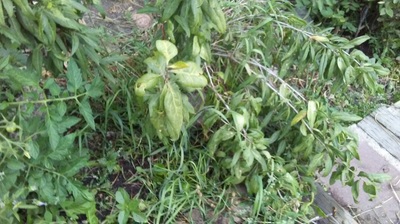
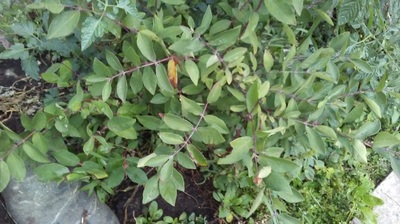
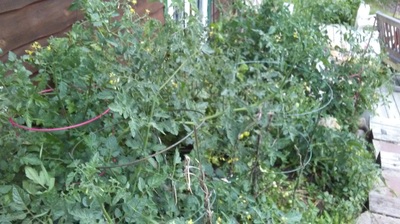
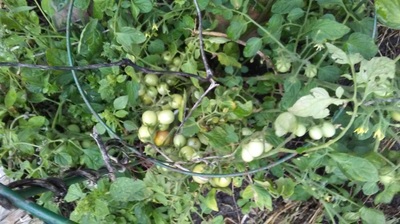
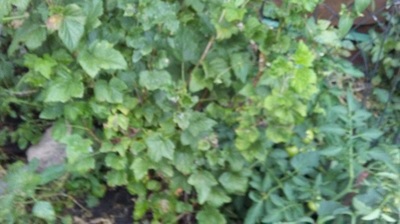
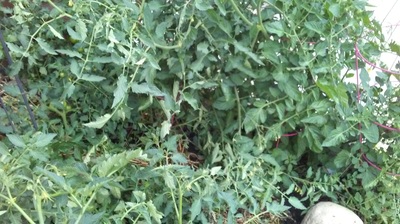
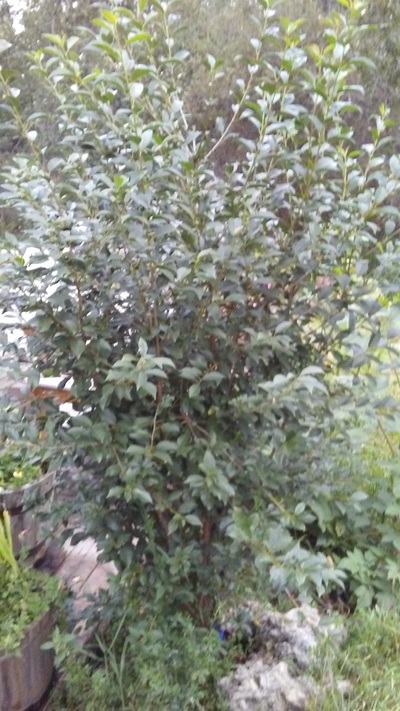
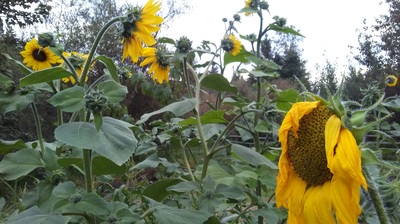
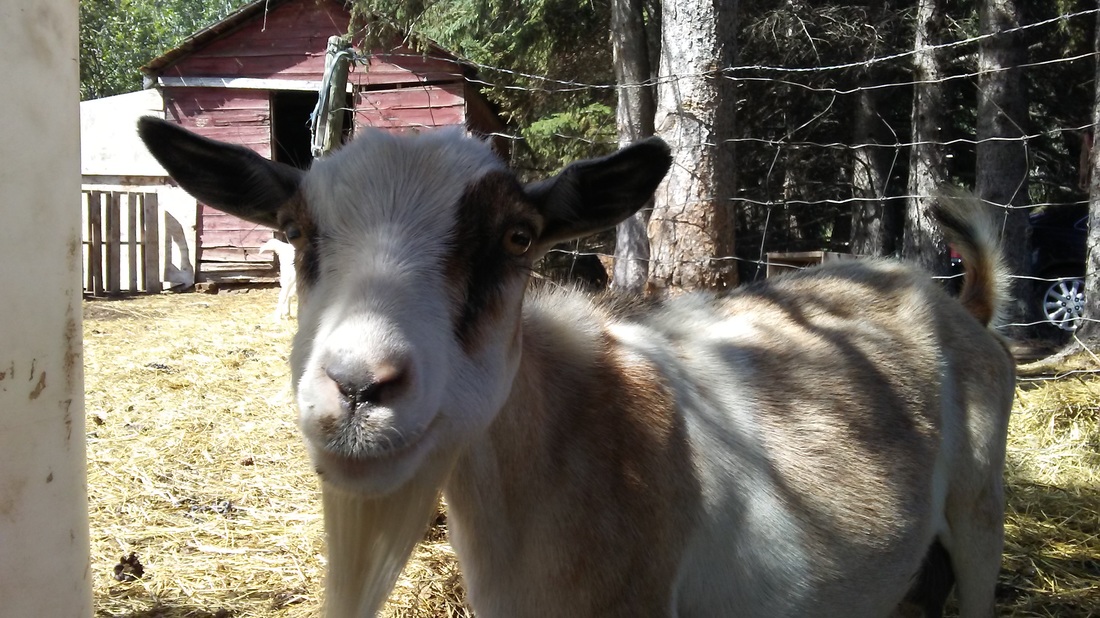
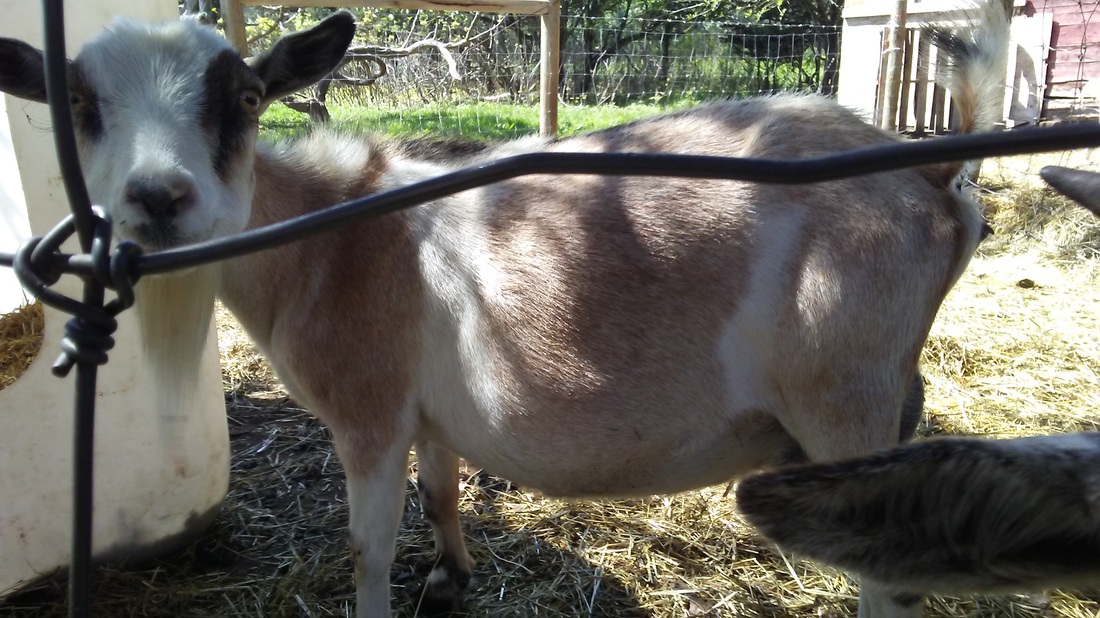
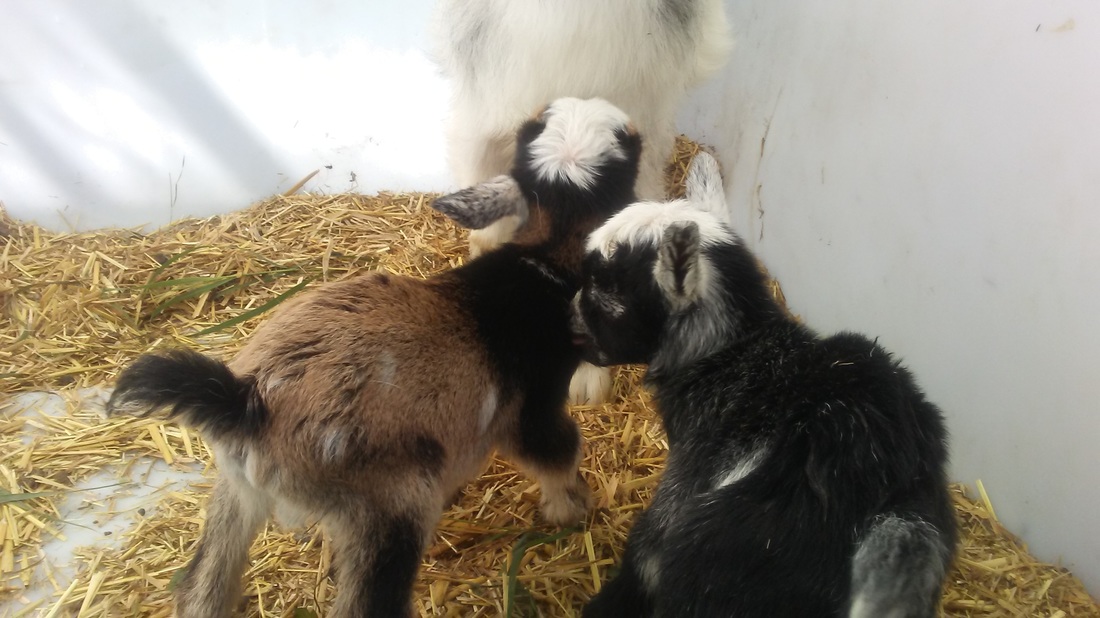
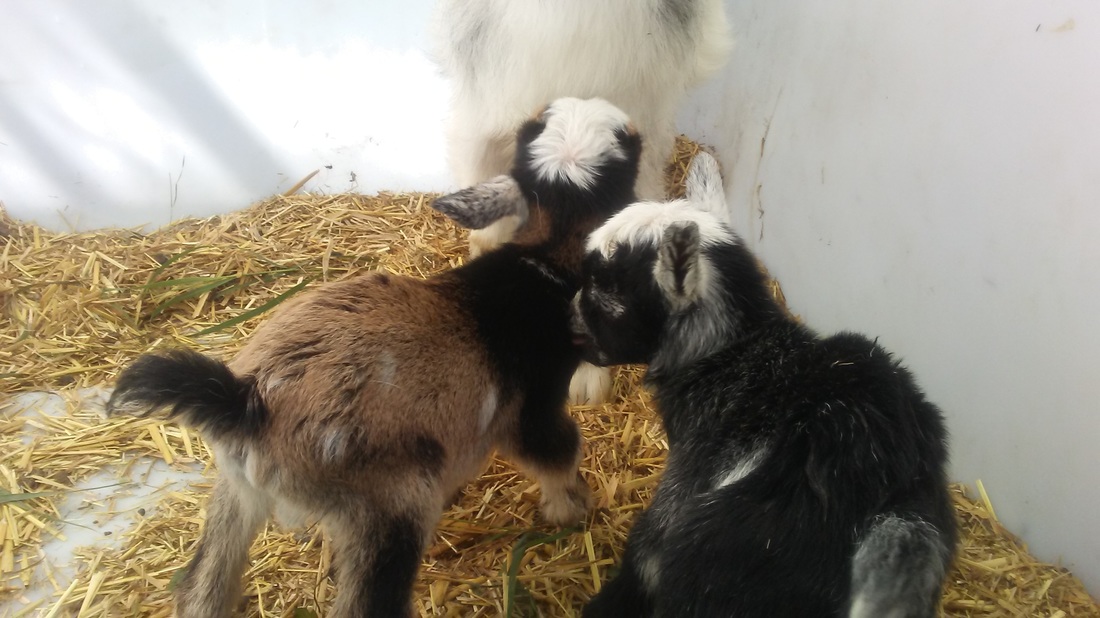
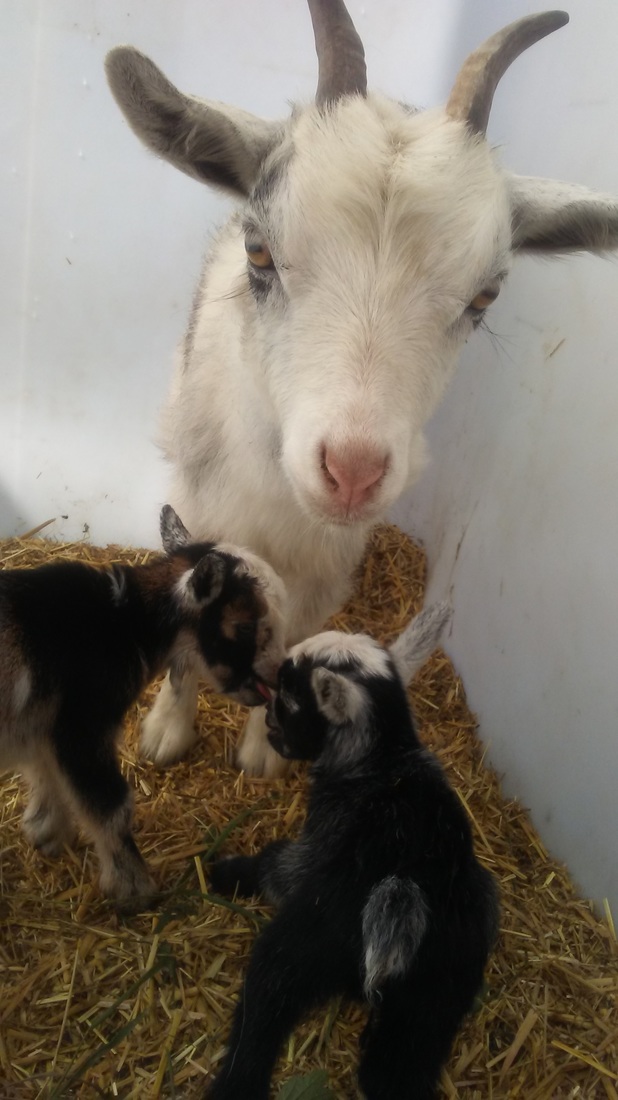
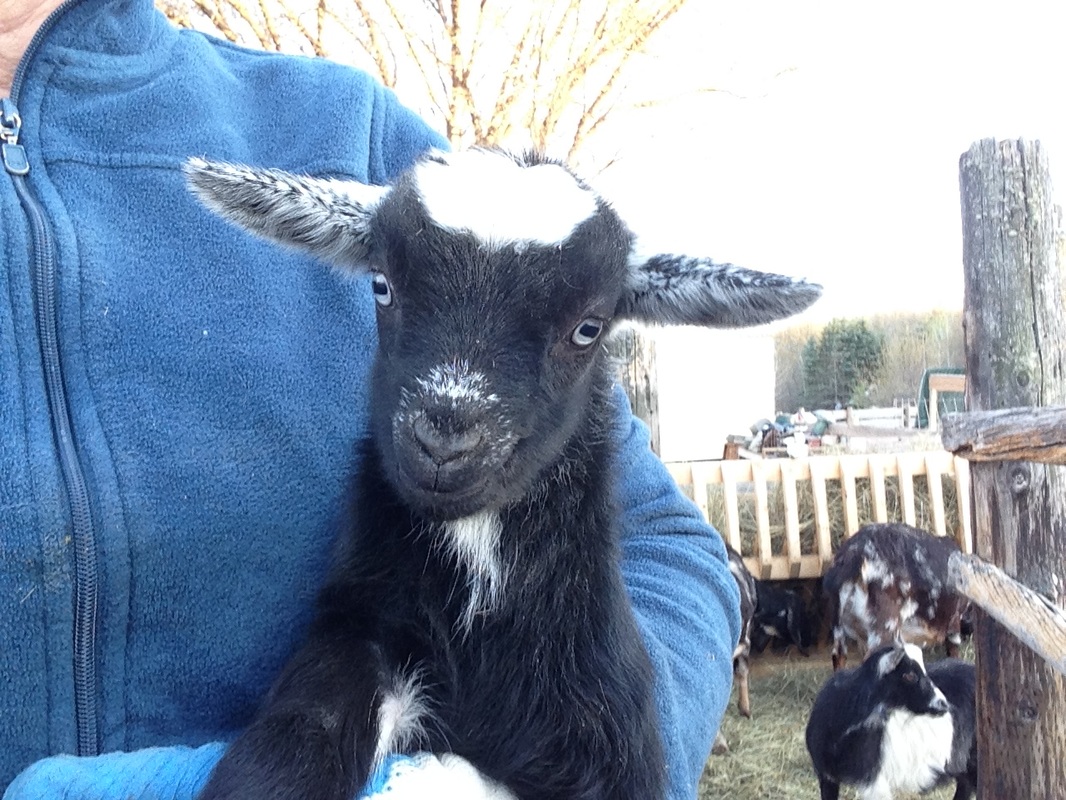
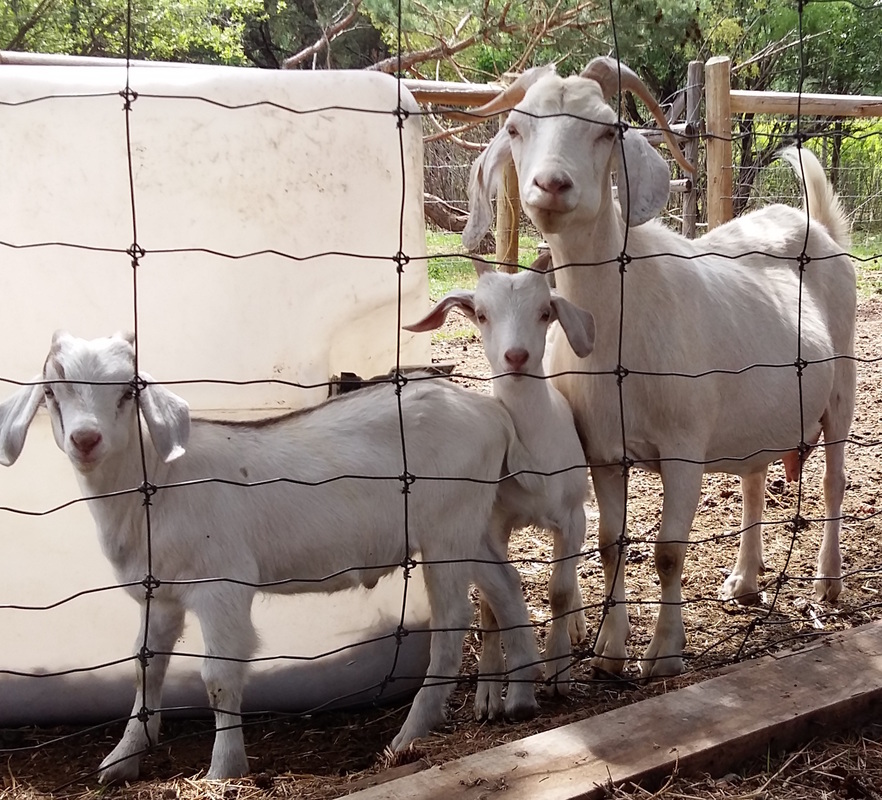

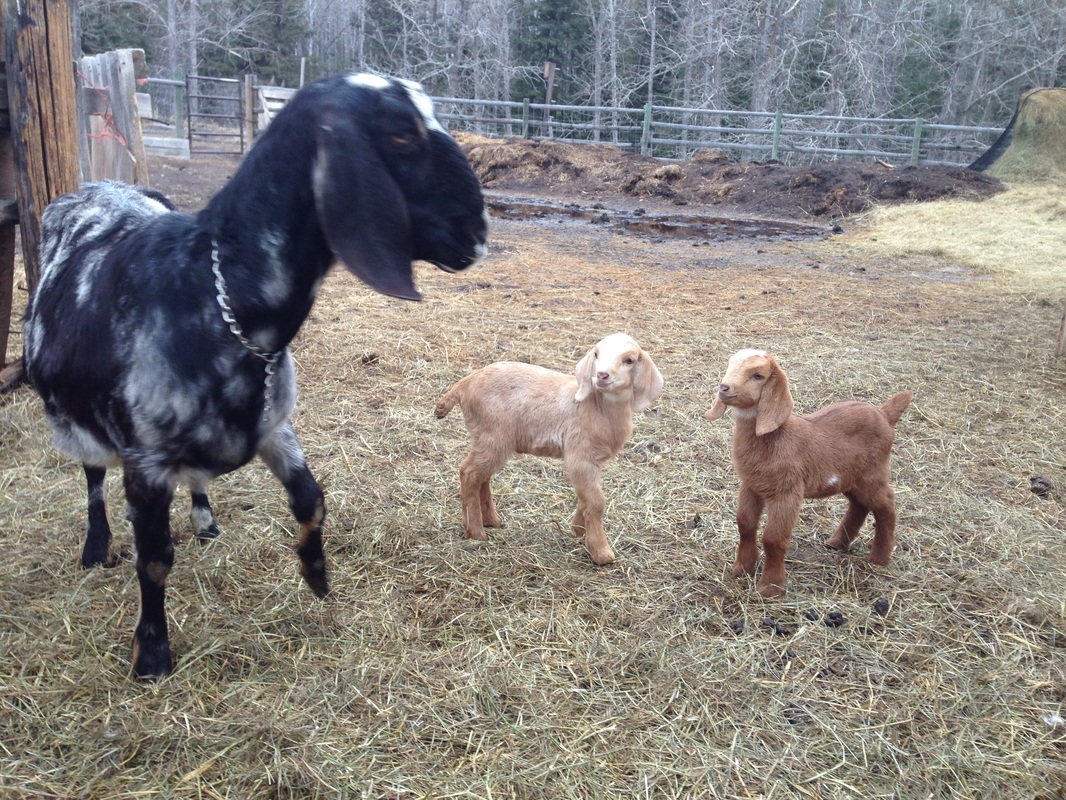


 RSS Feed
RSS Feed